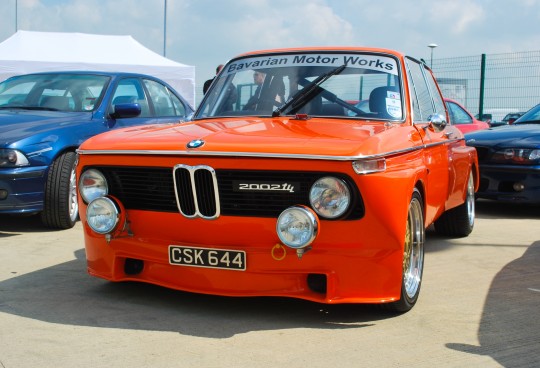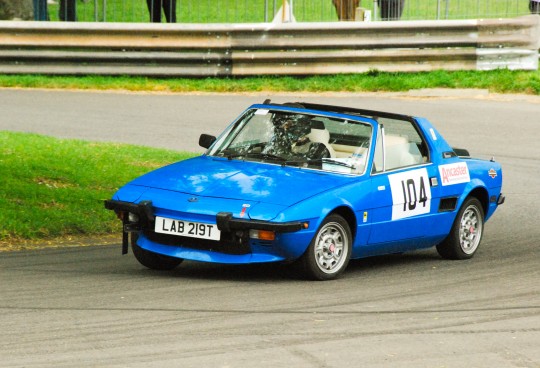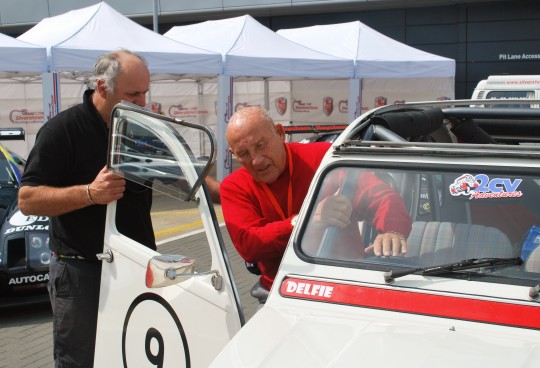Days of austerity these may well be, but back in the fifties, as Europe continued to pick up the pieces in the aftermath of WWII, things were pretty grim. With rationing still in effect and fuel prices high (especially following the Suez Crisis) the market was ripe for cheap, economical transportation, and into this berth trundled what would become known as the “bubble car”.
Perhaps Messerschmitt summed the cars up best with the moniker Kabinenroller (Cabin Scooter), for generally these “microcars” were little more than three-wheeled mopeds with flimsy bodywork just about managing to conceal two seats and a little engine. This however, was a large part of the appeal, for the bubble cars (three-wheeled examples, anyway) could be taxed as motorcycles and required only a moto license to drive. Safety, of course, was always going to be an issue for the microcars, but then if you’ve ever seen Clarkson crash testing a G-Wiz against a kitchen table you’ll know that nothing’s changed in that respect.
The vanguard would be the Iso Isetta released, to general amazement, in 1953. Renzo Rivolta’s Iso firm (latterly best known for producing exotic sports cars) had been manufacturing small three-wheeled vans, scooters and refrigerators when he tasked engineers Ermenegildo Preti and Pierluigi Raggi with the design of a peoples’ car, utilising the two-stroke scooter engine. With its bulbous appearance and large expanses of glass, the “bubble car” nickname seemed apt and soon the customers were queuing for the jolly-looking little runabout. The 236 cc engine could manage in the neighbourhood of 50 mph, and the car featured a four speed ‘box, with reverse gear which importantly lessened the impracticality of the now famous, or rather infamous, hinged front panel/door. Safety concerns also meant that it became a four-wheeler, though given the narrowness of the rear-track no differential was needed. Due to the immense popularity of Fiat’s redesigned 500, domestic production of the Isetta ceased in 1955, though under license in foreign territories it would continue unabated for years to come.
Most successful amongst the licensees were BMW, who actually purchased full body tooling from Iso, but quickly elected to re-engineer the mechanicals, replacing the rickety old two-stroke with a customised version of their tried and tested 247 cc motorbike unit and developing an entirely new drive-chain system and suspension layout. Subsidiary production of the BMW began in England in 1957, though in order to take advantage of the motorcycle regs and find a market, one of the rear wheels had to go. Remaining in production in both the UK and Germany until 1962, the little BMW would end its days looking rather refined, not to mention characterful, especially the comparatively streamlined-looking 600 estate version.
The bubbles will always hold high stock in my affections, for a little Heinkel Kabine was one of my first cars – not the real thing, but a Corgi miniature – a gift from my parents after performing in the school Nativity play. Though it had long parted company with its packaging, later research revealed that the box had said “By popular demand!”, and that’s one thing that really hasn’t changed – the demand for a small, economical city car. Rumour has it that BMW are thinking along the same lines, and we may not have seen the last of the little Isetta…


